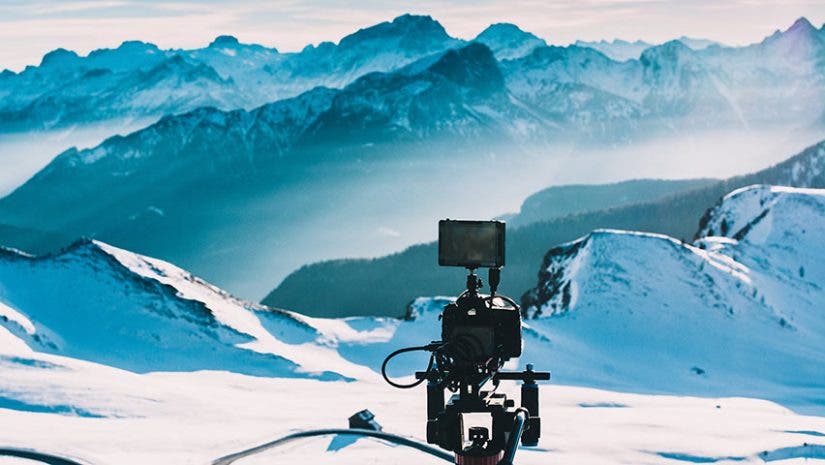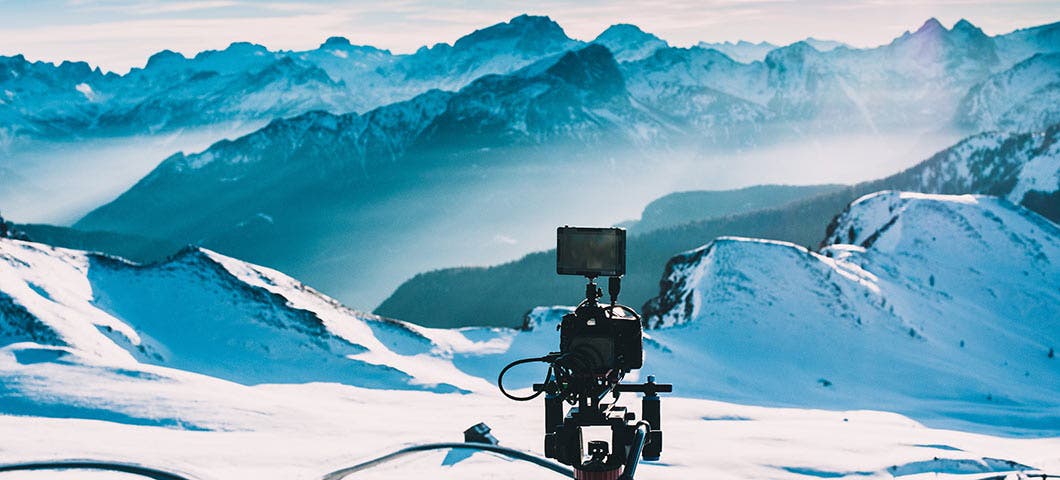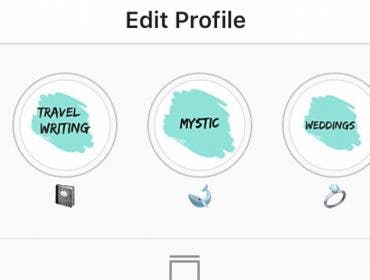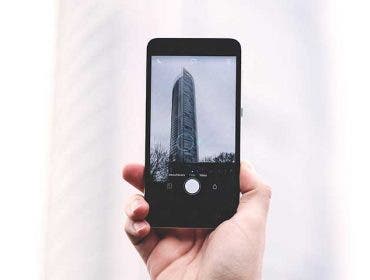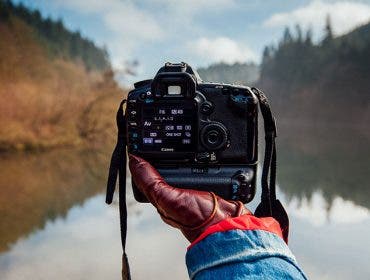As competition heats up in the travel writing space, journalists need more than solid clips to stand out for editors. Today’s most successful journalists are comfortable with writing, photography, and, increasingly, video.
While videography definitely has its own challenges — particularly when you throw in audio — it’s actually pretty straightforward. The following six tried-and-true tips will help you create travel films your editors will actually pay for.
1. Stay steady
You may notice travel videos across YouTube are filled with walking shots through iconic cities, but if you’re hoping to sell footage with your articles, you need more than shaky street scenes. Try setting up tripod to get steady footage of bustling streets. Spend time at picturesque market stalls to capture slow pans across the cuisine — or, even better, get a close-up of vendors interacting with the food (e.g., slicing meat, cutting cheese). These smooth, focused establishing shots are integral to setting the scene — you just need a helpful travel tripod to help you stay stable.
2. Capture multiple angles
Switch up your angles when shooting establishing shots to keep viewers engaged. (Too many wide, static street shots will disengage your viewers.) Alternate between close-ups of, say, a flag waving in the wind with a wider shot of the castle it sits on top of. Or, back to the food market, grab at least 10 wider seconds of the stalls before shooting close-ups of the meats, produce, or crafts.
3. Invest in audio
Quotes are the heart of any journalistic story, so you must, must get them right on video. Thankfully, capturing high-quality audio is pretty simple. First, make sure you have a relatively quiet scene when interviewing subjects. If you’re outside, find a quiet park or garden, and be ready to re-ask any questions interrupted by, say, an airplane.
If you’re inside, tune into the surroundings. Is there a heater running? This seemingly subtle background noise can kill your otherwise clean audio. If that’s the case, ask politely if you can turn the heater off or simply move to another room.
Once you’re in a relatively quiet spot, attach a lavalier microphone to your subject (I recommend Tascam’s portable DR-10L). Tuck the microphone into a scarf or on a lapel to ensure it’s not overly visible, and before you fire away with questions, make sure your camera is recording sound, too (this is essential when matching audio in post).
4. Perfect your interview setup
You don’t need a high-budget set with professional lights to conduct an on-camera interview. A few simple (and affordable) tricks will do wonders. First, invest in a tripod like the portable MeFoto Road Trip Tripod so you can set up your camera then focus on the actual interview. Second, choose a clean backdrop so your interviewee is the focus. If space allows, I like to bring my subject a few feet from the wall so the background blurs while my subject remains sharp.
Speaking of focus, go with auto. Unless you have someone to monitor your screen, manual focus gets dicey (what if the subject adjusts, leans forward, for example?). It’s better to be safe, and constantly checking your camera will tense up your interviewee.
Last, tell your subject to look at you—not the camera. This is an age-old rule in the broadcast journalism world, and given audiences are used to this style of interview footage, switching it up may feel glaring or uncomfortable for viewers.
5. Don’t forget the stills
It’s easy to get lost in the moment filming, but don’t forget the still photos to accompany your piece. I typically shoot in manual so I can alternate quickly between photo and video, but keep in mind video settings are a bit tricky. Your shutter speed should be roughly double (and no more) than your frame rate to maintain a smooth, non-jumpy image. This means you’ll need to adjust f-stop and ISO — not shutter speed — in the trickier-lit scenes.
6. Choose the right camera
Options may seem endless — and therefore overwhelming — when it comes to buying the right camera, but it really comes down to a few things. Journalists need a camera that has reliable auto focus, sharp quality, functionality for photo and video, and, when possible, a lightweight body. My go-to for journalistic work is the Sony A7iii. It has great auto focus features, as well as professional-level video functionality with a 24-megapixel sensor (which means nice, high-res photos).
With your video skills in good shape, it’s time to up your travel photography game. Read on for your guide to taking travel photos editors will pay for!
Feature photo by Flavio Gasperini on Unsplash
